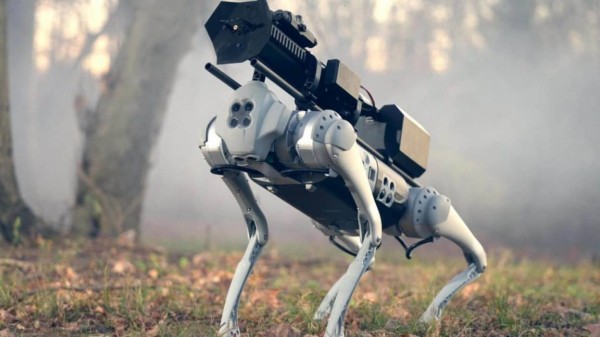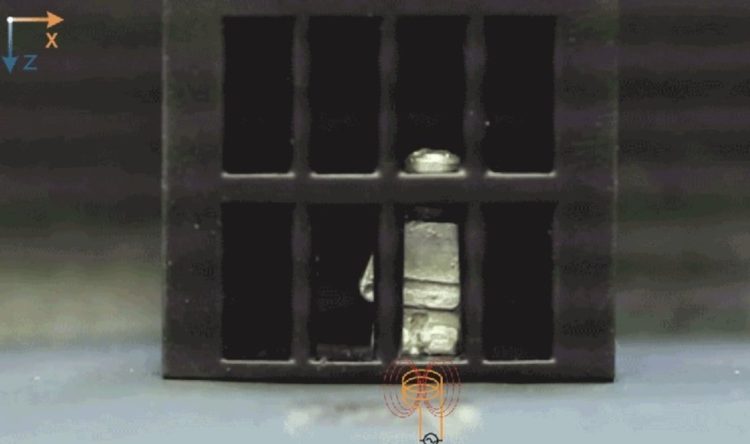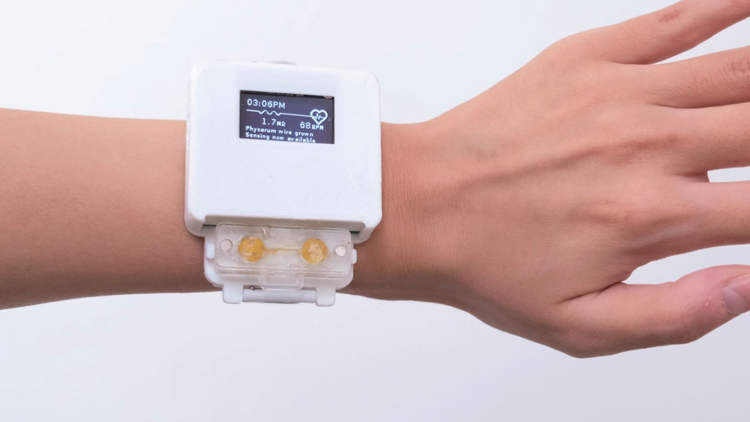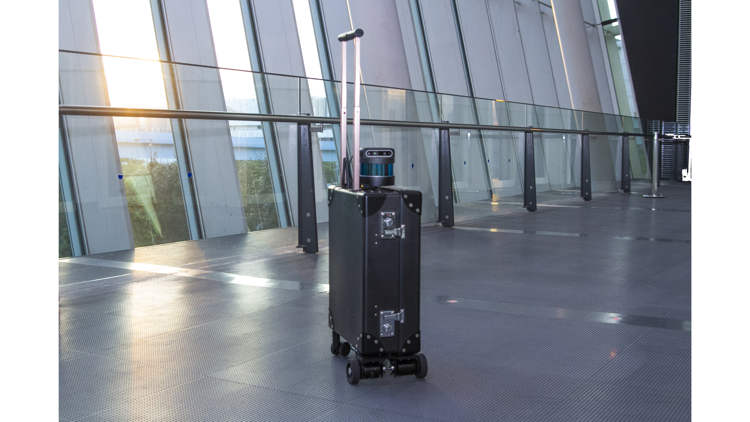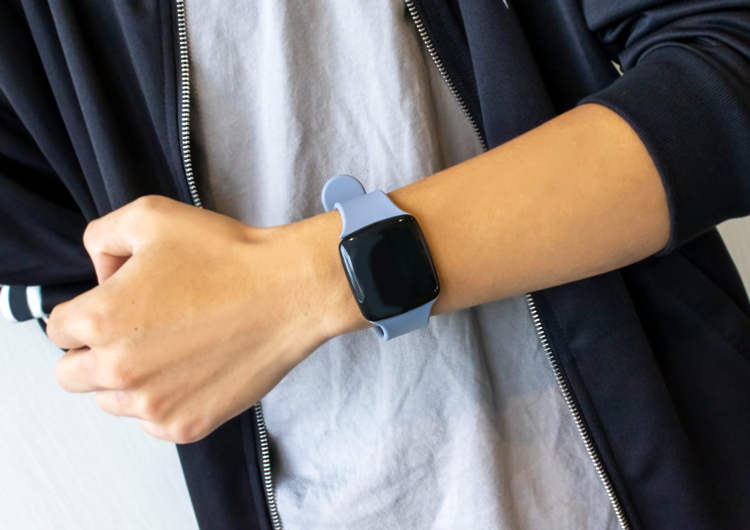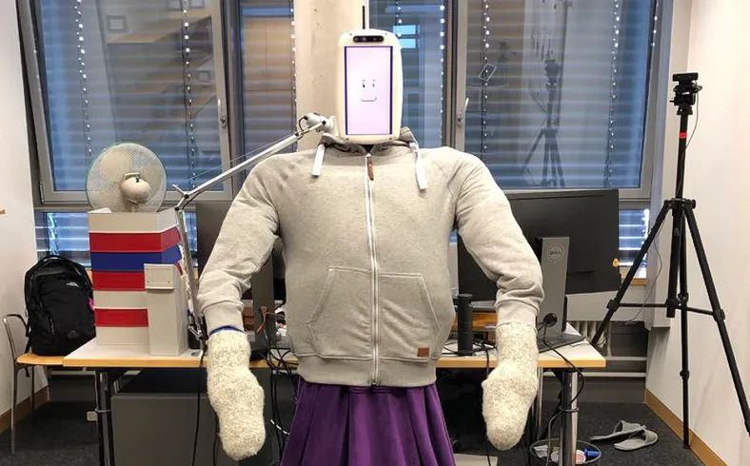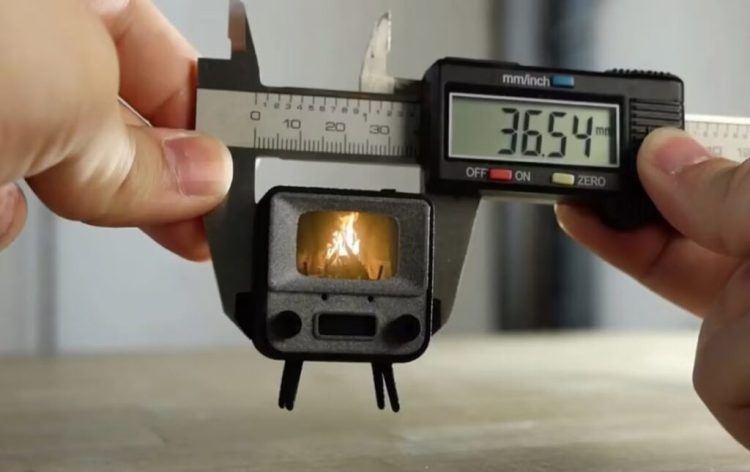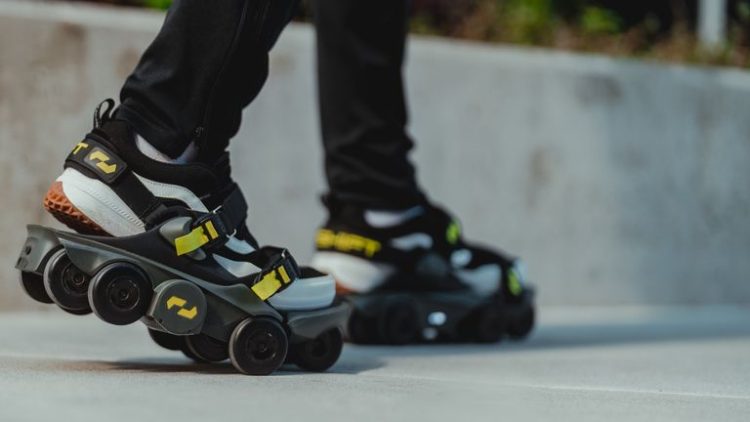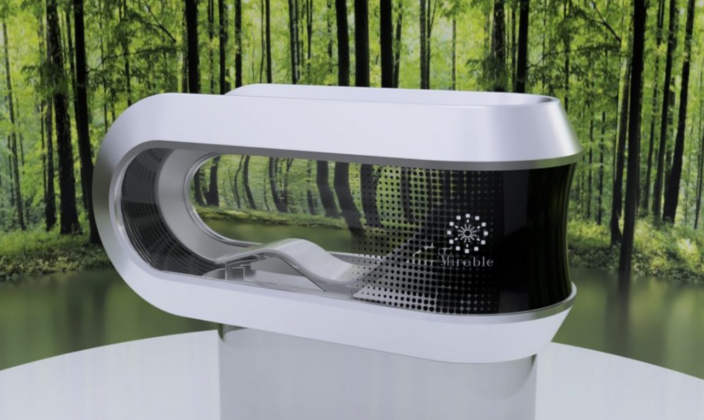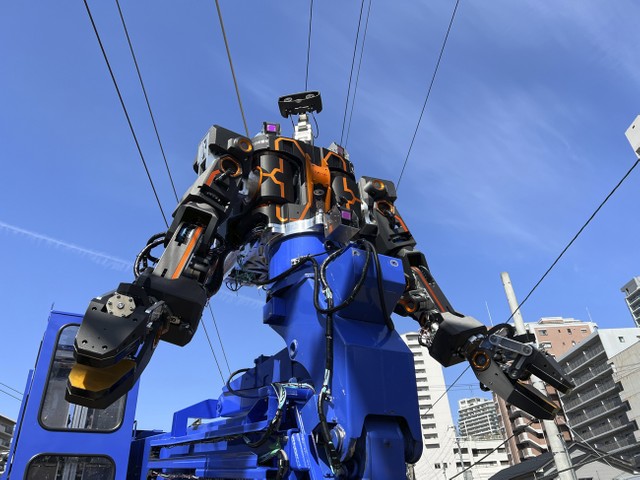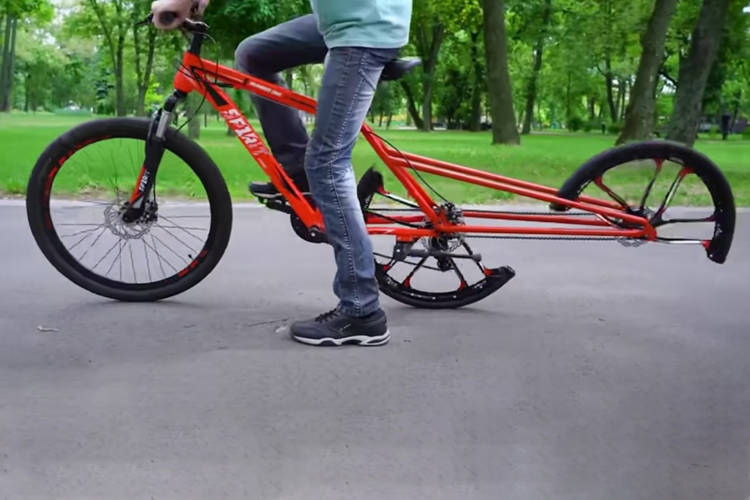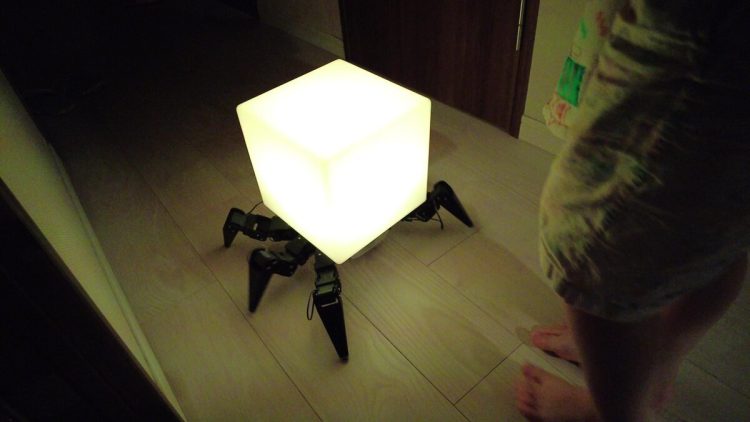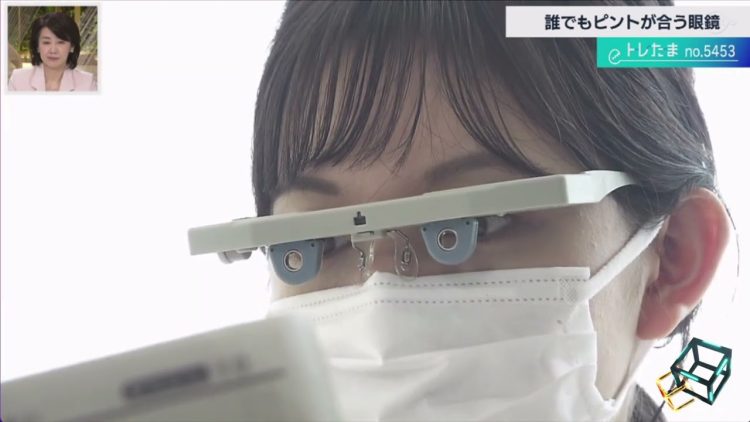American company Throw Flame recently unveiled its latest product, Thermonator, the world’s first flamethrower-wielding robot dog.
Robot dogs have been around for a while now, and in countries like China, they’re actually competing against actual pooches. But it turns out that these four-legged robots can be more than lifeless pets. For example, Throw Flame, a US-based company specializing in flamethrowers, recently showcased the world’s first flamethrower-equipped robot dog. Dubbed “Thermonator”, it comes with a high-performance flamethrower mounted on its back which allows it to shoot flames up to 9 meters in front of it. According to the Throw Flame website, the Thermonator allows users to remotely “shoot flames anywhere you want!”

